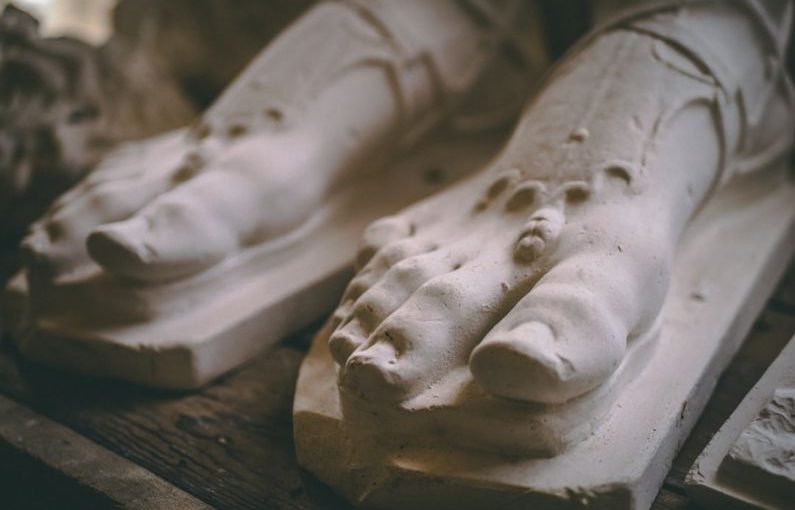Mastering the art of wood carving requires patience, skill, and a keen eye for detail. For those looking to achieve realism in their wood carvings, it is essential to pay attention to the intricate details that bring a piece to life. From capturing the texture of wood to creating lifelike features, achieving realism in wood carving can be a rewarding and challenging endeavor. In this article, we will explore some tips and tricks to help you elevate your wood carving skills and create realistic and captivating pieces.
Choosing the Right Wood
One of the first steps in achieving realism in wood carving is selecting the right type of wood. Different types of wood offer unique characteristics that can enhance the realism of your carving. Hardwoods such as cherry, walnut, and maple are popular choices for wood carving due to their fine grain and durability. These woods are ideal for creating intricate details and realistic textures in your carvings. Softwoods like pine and cedar are also commonly used for wood carving, but may require more skill to achieve a realistic finish due to their softer nature.
Study Your Subject
Before starting a wood carving project, it is essential to study your subject thoroughly. Whether you are carving a human figure, an animal, or a nature-inspired design, understanding the anatomy and details of your subject will help you create a more realistic carving. Study photographs, sketches, or even real-life models to gain a better understanding of the proportions, textures, and features of your subject. Pay attention to small details such as muscle definition, fur patterns, or facial expressions to bring realism to your carving.
Utilize the Right Tools
Having the right tools is crucial for achieving realism in wood carving. Different carving tools are designed for specific tasks, such as shaping, detailing, or smoothing wood. Invest in high-quality carving tools, including gouges, chisels, and knives, to achieve precise cuts and intricate details in your carving. Experiment with different tool sizes and shapes to create varying textures and depths in your carving. Keeping your tools sharp and well-maintained is also essential for achieving clean and precise cuts in your wood carving.
Pay Attention to Texture
Texture plays a significant role in creating realism in wood carving. Pay attention to the textures present in your subject, whether it is the rough bark of a tree, the smooth feathers of a bird, or the soft fur of an animal. Experiment with different carving techniques, such as stippling, gouging, and smoothing, to create a variety of textures in your carving. By carefully observing and replicating textures in your wood carving, you can bring depth and realism to your piece.
Focus on Detail
Achieving realism in wood carving often comes down to the small details. Paying attention to details such as facial features, muscle definition, or fur patterns can elevate your carving from a simple design to a lifelike representation. Take your time to carve out intricate details, such as wrinkles, veins, or scales, to add realism and character to your wood carving. By focusing on the finer details, you can create a more dynamic and engaging piece that captures the essence of your subject.
Experiment with Finishing Techniques
Finishing techniques can enhance the realism of your wood carving by adding depth and dimension to the piece. Experiment with different finishing methods, such as staining, painting, or varnishing, to bring out the natural beauty of the wood and highlight the details of your carving. Consider using a combination of techniques, such as dry brushing or washes, to add depth and shading to your carving. By experimenting with different finishing techniques, you can create a realistic and professional-looking wood carving that showcases your skills and attention to detail.
In Conclusion: Elevate Your Wood Carving Skills
Achieving realism in wood carving requires practice, patience, and a keen eye for detail. By choosing the right wood, studying your subject, utilizing the right tools, and focusing on texture and detail, you can elevate your wood carving skills and create realistic and captivating pieces. Experiment with different techniques and finishing methods to bring your wood carvings to life and showcase your talent as a wood carver. With dedication and perseverance, you can achieve realism in your wood carvings and create stunning works of art that capture the beauty and essence of your subject.





